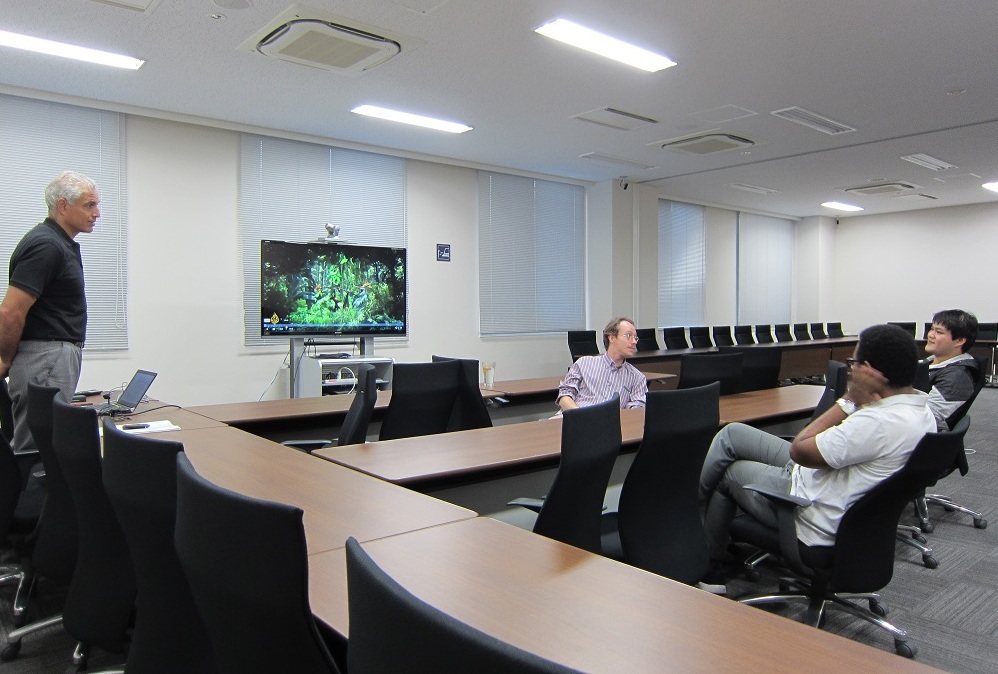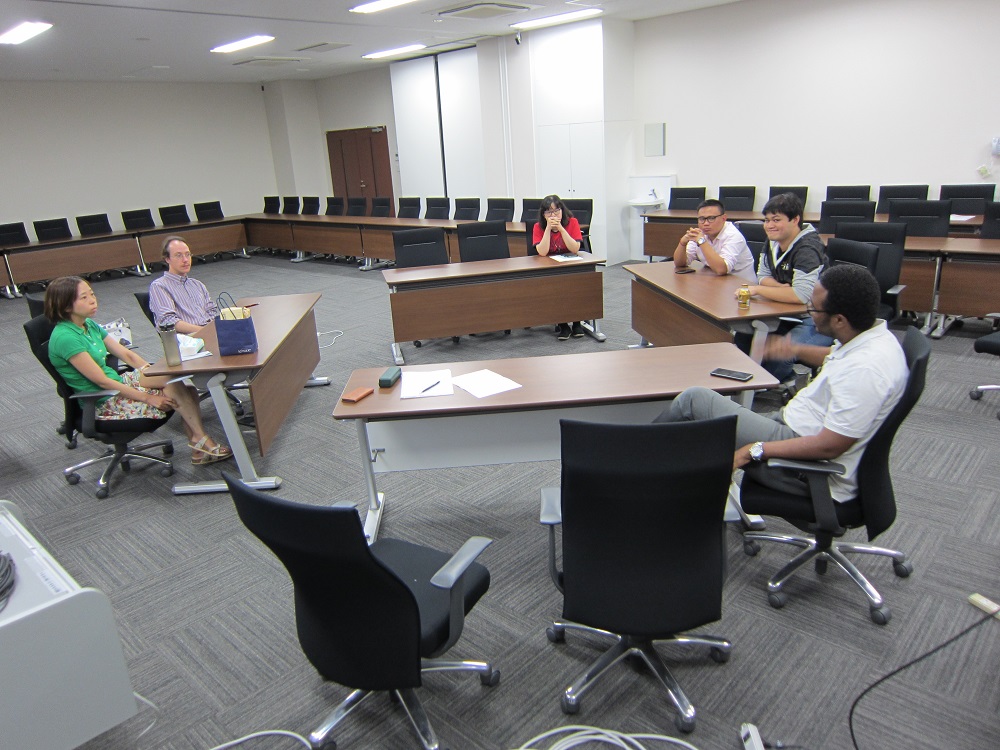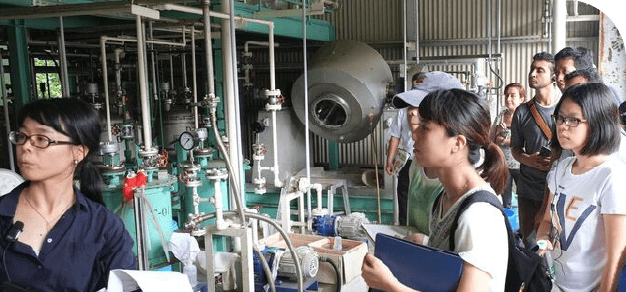Recent Activities
GRM Monthly Documentary Film Event - September
2019/09/27
A documentary film event was held on Thursday, 26 September 2019.
We watched a film, titled
“The Fight for Amazonia: Raids in the Rainforest”
***********************
Date: Thursday, 26 September 2019
Time: 17:30 P.M. - 19:30 P.M
Venue: Meeting Room, Shikokan Building, Karasuma Campus
***********************
■Commentary
Written by Dr. Iyas Salim (Assistant Professor)
It is known to the entire world as the lung of the planet; yet, the Amazon forest has been in constant danger. In recent months, a huge fire engulfed large areas of the amazon, and raged for weeks. International outcry followed urging the Brazilian government to take a quick action to stop the fire in the rain forest. As summer this year, 2019, was ending, new record of temperature were registered across the planet. In Western Europe, summer heat reached to 44 degrees as in the city of Paris. Major fires took place in California, western Canada, Spain, and Greece and so on. But, the most troubling news threatening the already fragile climate was no doubt coming from the Amazon in South America. This documentary film is the first of three-part series on the environmental crisis facing the Amazon. The film was produced in the year 2012; yet, it is an alarming testimony to the real danger facing the Amazon. The film provides a glimpse of the confusion and uncertainties of how a failed government policy is perpetrated upon the Amazon. Since the 1960s, Brazil allowed more than twenty people to settle the Amazon where more than two million hectares of tropical forest have been burned down and cleared. Neither development policy is well defined enough to insure a viable future for the people nor ensuring the sustainability of the forest. In Brazil, the process of settling the Amazon “people with land move to land without people-” it seems that whenever such an axiom is propagated, everywhere, a disaster is guaranteed to happen. At present, the Amazon is believed to be a home to more than 20 million people; alas, a troubled one for that matter.
The story of the film follows a young women, Rafaela, who is the youngest national park director in Brazil. Rafaela responsibility is the Campos Amazonicos National Park which is seen as “a microcosm of all the problems found in Amazonia: Illegal logging, cattle breeding, tin mines,” and drug smuggling, going through a road in the middle of the park. Rafaela is facing an uphill battle, and as she puts it, “swimming against the current.” So, what is she up against? No one seems to pin point the actual criminals who are destroying the Amazon. Typically, poor people move into the forest, normally with meager means of living, occupy hundreds of hectares of forest land, cut down trees illegally. Gradually, the poor people expand into the forest and clear more land for cattle grazing and breeding, which are all illegal. Rafaela attempts to stop whatever illegal acts committed by the people, despite the haunting logistics, lacking in the wide swaths of land, hindering her work. But, she does point the figure at those who appear behind the poor people committing illegal logging and mining; it is money and politicians who provide support in funding such criminal acts in the first of the Amazon. The system in Brazil is simply corrupt, and thus, the Amazon is going be always in crisis and danger.
In the discussion following the film, students from the Philippines, Indonesia and Sudan pointed to similar crisis facing rains forests and environment in those countries. In the Philippines, for example, it can be dangerous to work for an NGO which work to protect the environment of rain forests. It can be deadly for envirmontal activists. In the central region of the Philippines, in the Bora kai region along the coast, an entire mountain side is cleared for building tourist resorts and hotels. No environmental activist can dare to speak against destroying the mountain and the trees. In Indonesia, fires take place every year at the start of the dry season. But, such fires are man-made in order to make money and profit from the forest areas which caught on fire. Local authorities are corrupt, including politicians and police. Logging brings money. Criminals and local policies are culprits in the crimes against the forests.
Looking back at the film, as well as the discussion, the environmental crisis facing the Amazon and the planet are quite daunting. There is no simple and clear cause, yet, the result is one; climatic disaster is in the working. Just as there is no simple, clear-cut diagnosis to the problem, there is neither one remedy to halt the environmental onslaught. There must be collective and comprehensive thinking and action- That is efforts start from the consumer everywhere, civil society, U.N. bodies, to global network of concerned citizens, to national governments.




